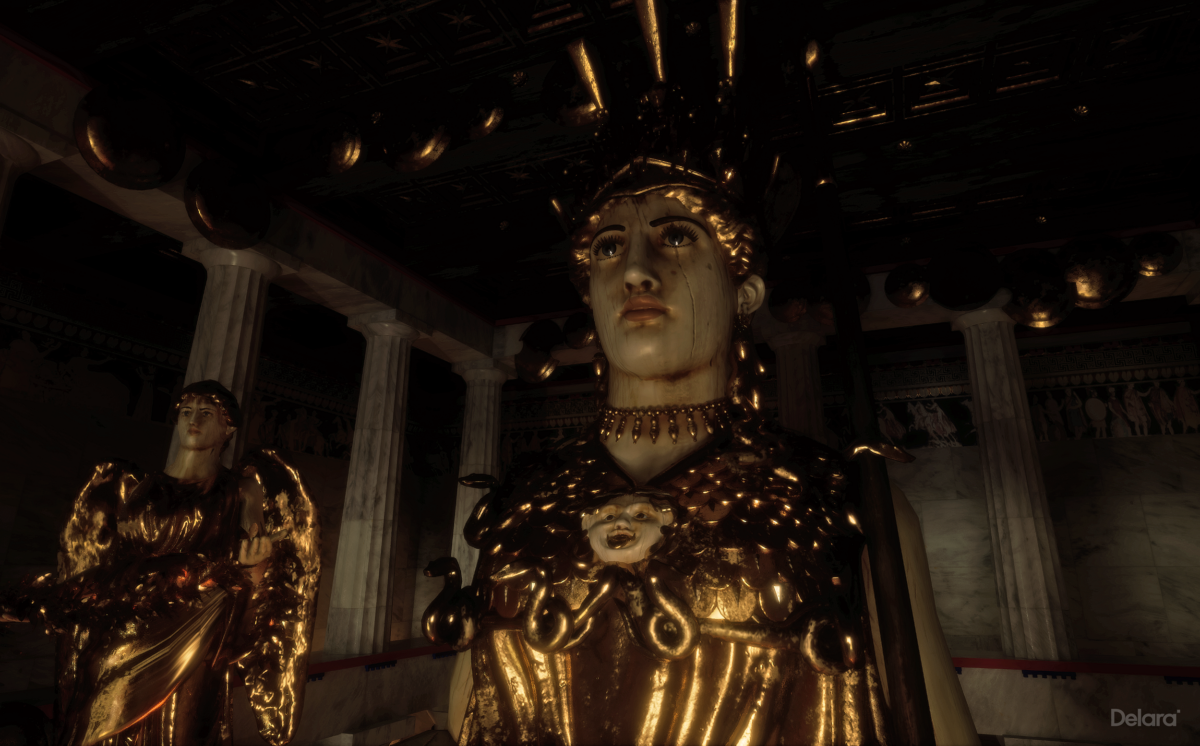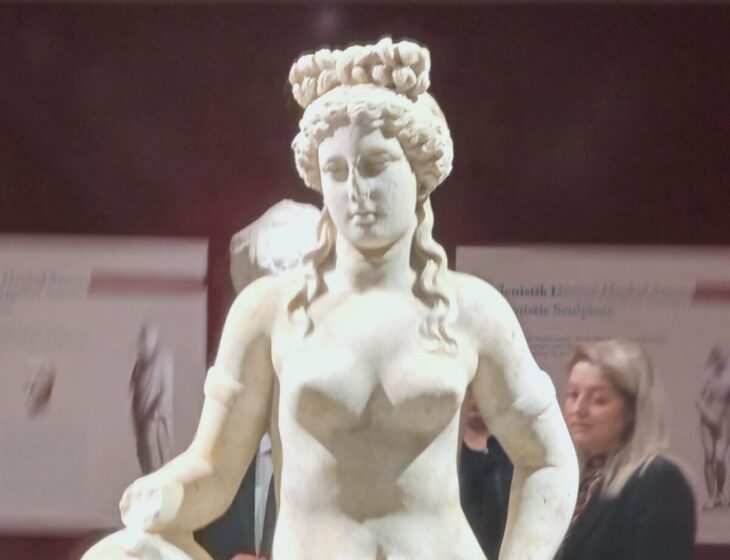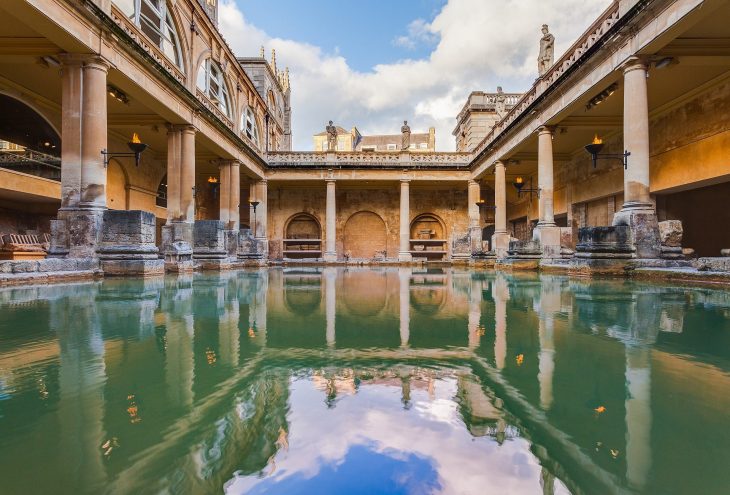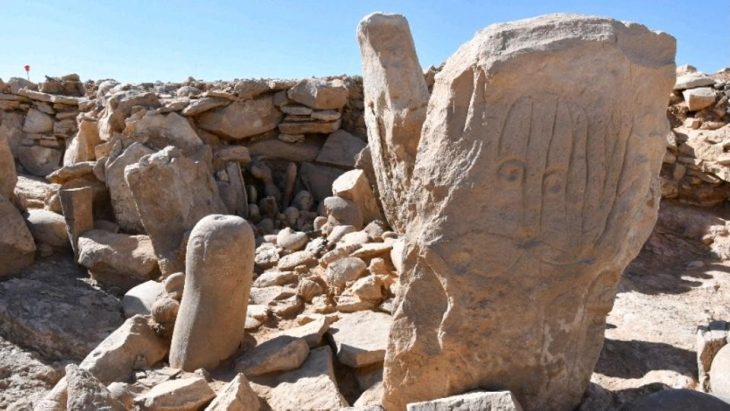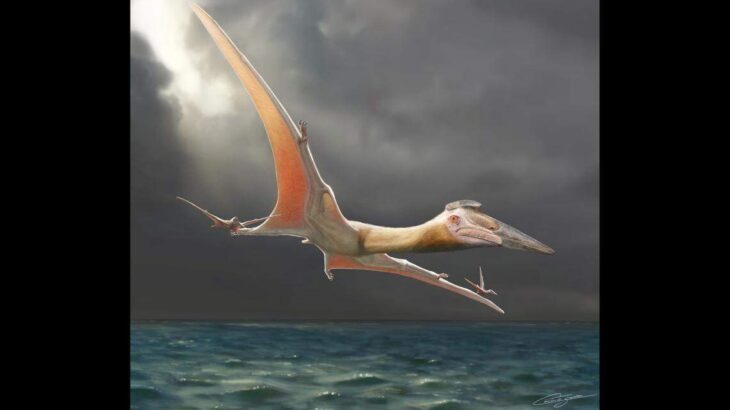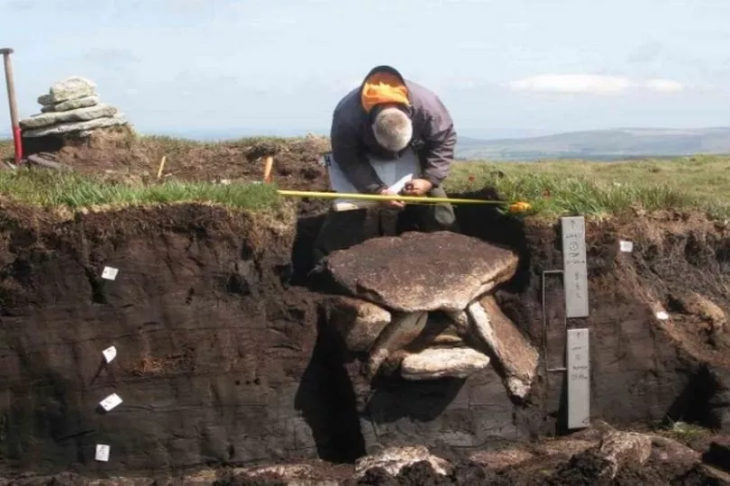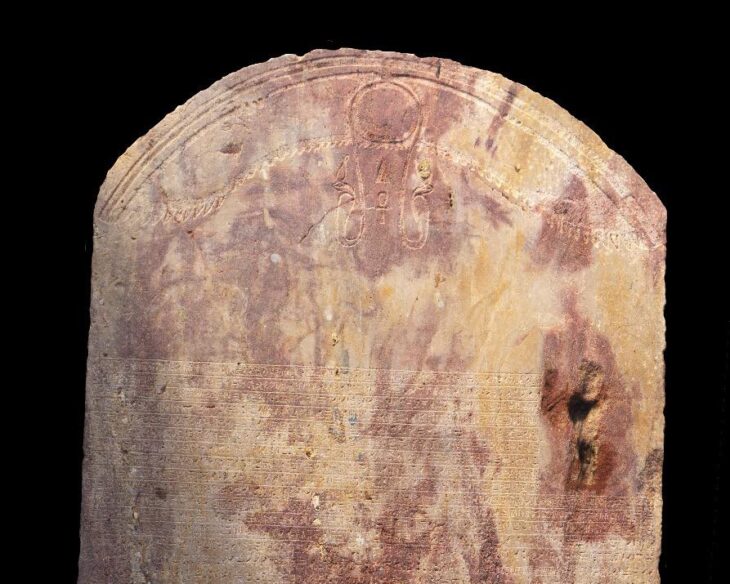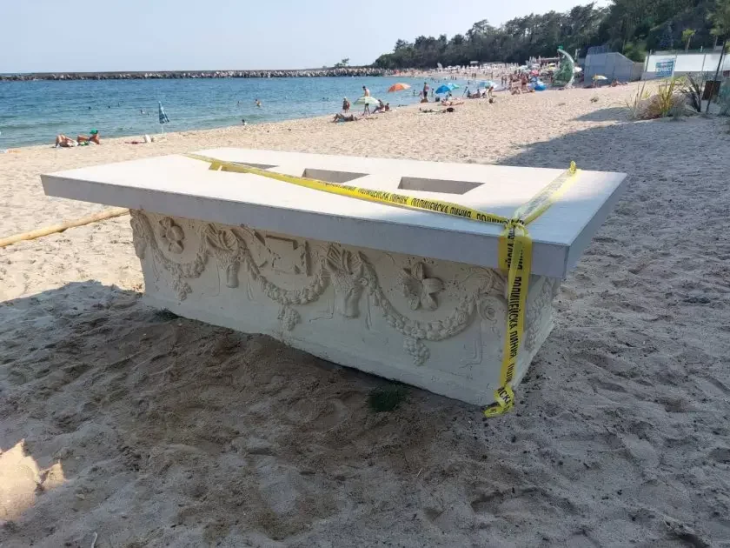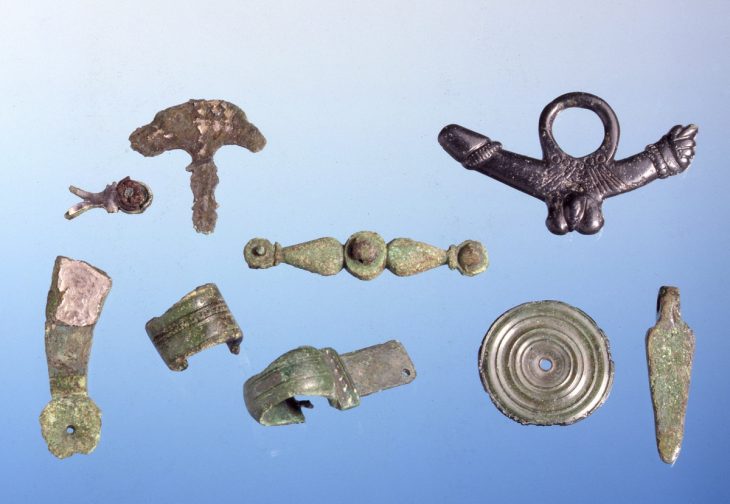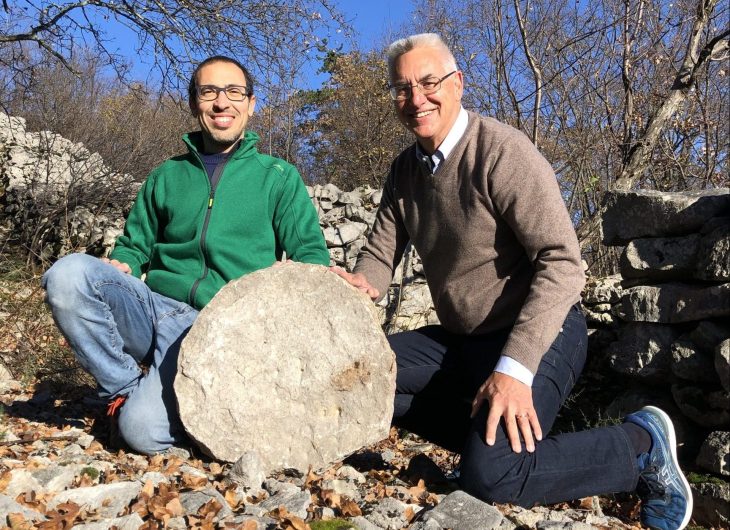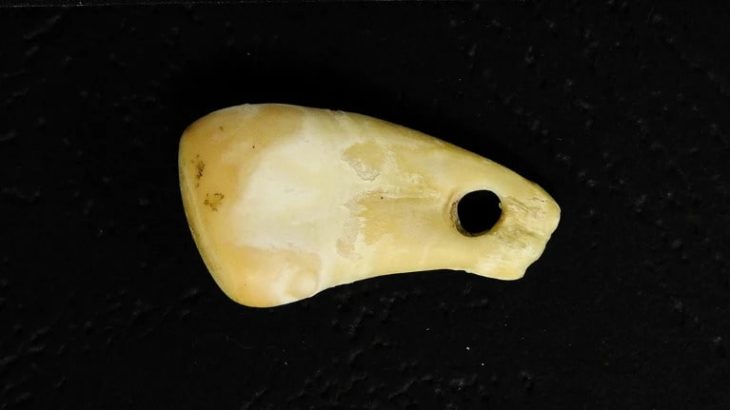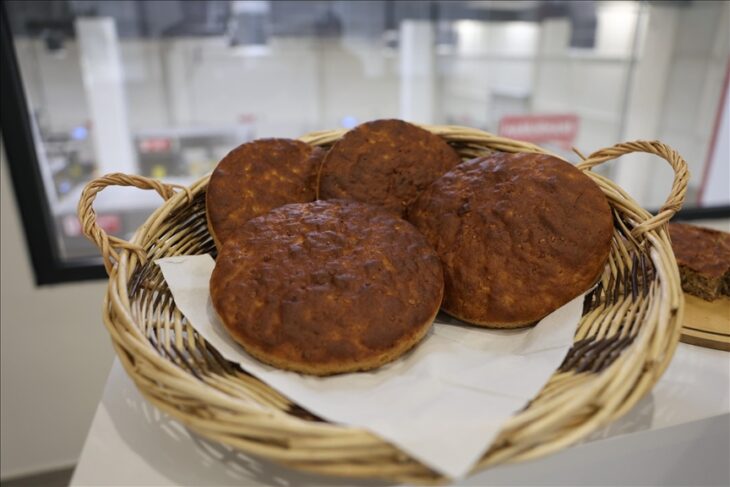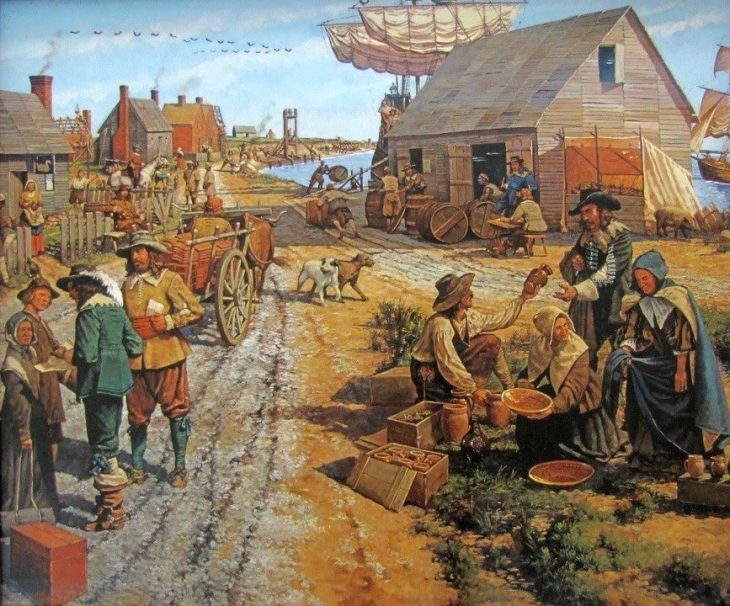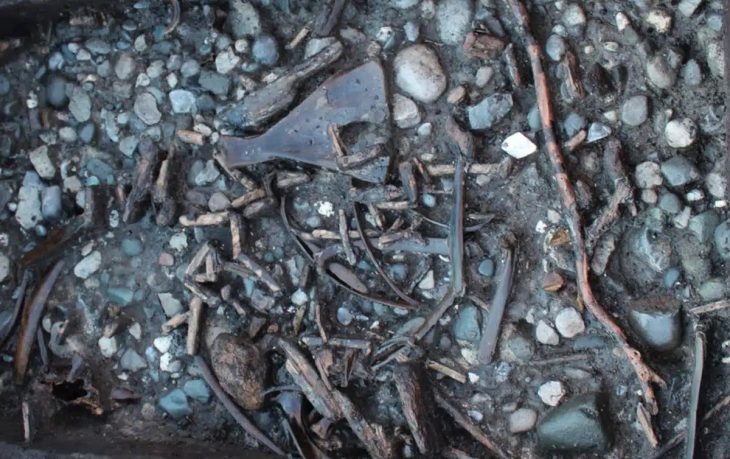A four-year multidisciplinary study led by Oxford University Archaeologist Professor Juan de Lara has shed new light on a millennia-old mystery: how the iconic Parthenon temple on the Acropolis was illuminated in ancient Greece. By ingeniously combining archaeological evidence with cutting-edge 3D technology and optical physics, Professor de Lara has meticulously recreated the temple’s lighting system, revealing how it was designed to create a sense of awe and reverence.
The research, supported by UCL and The London Arts and Humanities Partnership (LAHP), and published today in the prestigious journal The Annual of the British School at Athens, demonstrates that the Parthenon’s architects and the renowned sculptor Phidias strategically incorporated various elements to manipulate both natural and artificial light. These features included carefully positioned roof openings, interior water basins, strategically placed windows, and the reflective properties of the finely polished marble.
Professor de Lara’s detailed 3D model even incorporated the colossal ivory and gold statue of Athena, created in 438 BCE, assigning precise material properties to its surfaces to analyze light reflection. By calculating the sun’s position during different times of the day and year in the 5th century BCE as light entered the east-facing doorway, the study revealed fascinating insights.
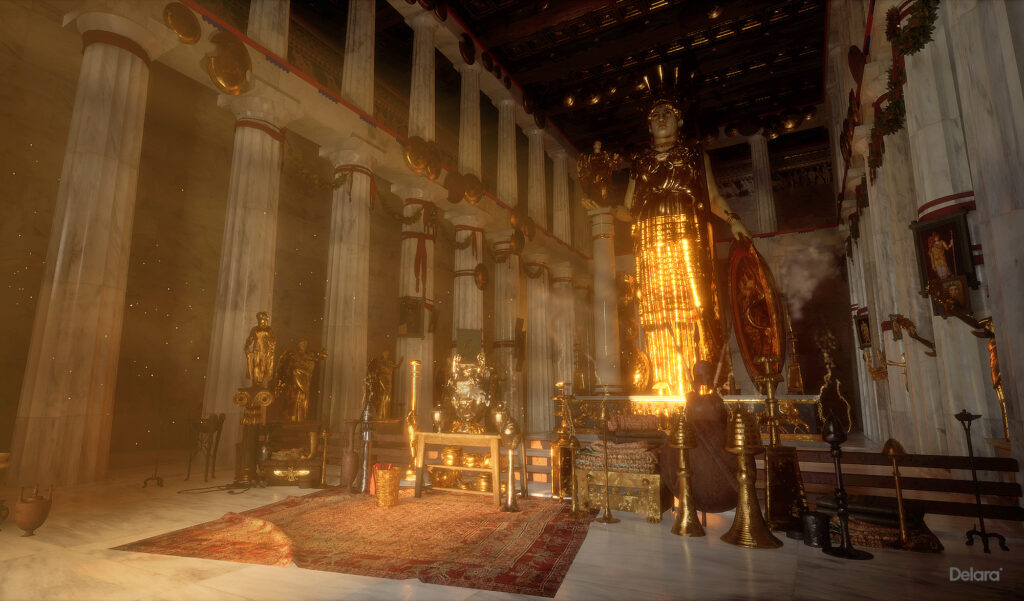
The findings suggest that the interior of the Parthenon was generally kept dim, fostering an atmosphere of reverence. However, during the weeks surrounding the Panathenaic Festival, a significant procession honoring the goddess Athena held every four summers, a remarkable phenomenon would have occurred. For several mornings, the rising sun would have aligned perfectly with the temple’s entrance, casting a brilliant beam of light directly onto the golden robes of Athena’s statue, creating a breathtaking, shimmering spectacle.
“Imagine entering the Parthenon—your eyes, still weary from the bright sun outside, slowly adjusting to the gradual darkness within,” describes Professor de Lara. “As sunlight filters through the temple’s doorway, it strikes the gold of the goddesses’ robes with a luminous vertical beam. This was the effect the architects and Phidias intended to create. It must have been magical!”
📣 Our WhatsApp channel is now LIVE! Stay up-to-date with the latest news and updates, just click here to follow us on WhatsApp and never miss a thing!!
Professor de Lara emphasizes the importance of technology in archaeological research, stating, “To unlock the full potential of archaeological discoveries, we must keep embracing technology and digital tools as essential partners in exploration and research.”
The Parthenon, constructed between 447 and 432 BCE, is widely regarded as a pinnacle of classical architecture. While previous scholars, such as the French architect Antoine-Chrysostome Quatremère de Quincy and later James Fergusson, had pondered the temple’s lighting, Professor de Lara’s work provides concrete evidence of the sophisticated design and the crucial role light played in the visual and spiritual experience within.
To further enhance public understanding and engagement, Professor de Lara is currently transforming his research into an immersive virtual reality (VR) experience. This will be offered free to museums and educational centers, allowing visitors to virtually step inside the ancient Parthenon and witness the awe-inspiring effect of light on the colossal statue of Athena firsthand.
This remarkable research, bringing together archaeology and cutting-edge technology, makes the wonders of the ancient world accessible to everyone. For a truly immersive understanding of how light shaped the visual and spiritual experience within the Parthenon, explore the full 3D reconstruction available at https://parthenon3d.com/.
de Lara, J. (2025). ILLUMINATING THE PARTHENON. The Annual of the British School at Athens, 1–46. doi:10.1017/S0068245424000145
Cover Image Credit: Juan de Lara

